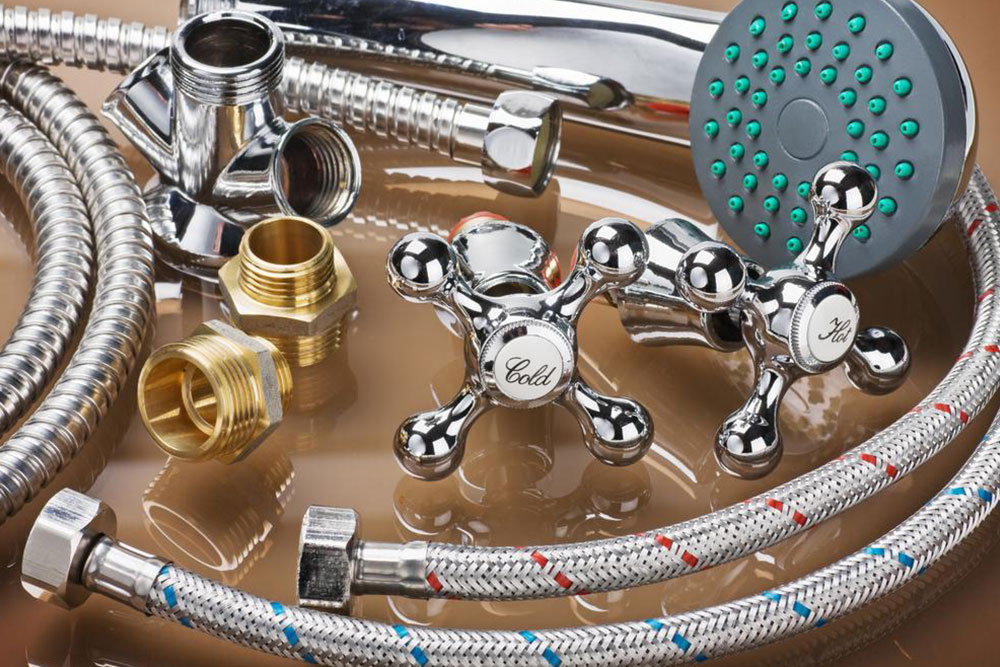Understanding Bathroom Faucets: A Complete Guide
This comprehensive guide explores the internal mechanics of bathroom faucets, highlighting valve types, control options, and material choices. It aids consumers in making informed decisions based on durability, functionality, and design preferences, ensuring long-lasting performance and aesthetic appeal. Understanding these factors simplifies the selection process and enhances bathroom upgrade experiences.
Sponsored

Choosing the right bathroom faucet often focuses on aesthetics, but understanding its internal components is equally important. Many buyers overlook the technical aspects, which can impact durability and functionality. This article simplifies the valve mechanisms to help you make an educated choice. The quality of the valve affects longevity and everyday performance. Typically, faucets are made from brass, coated with corrosion-resistant chrome or PVD. Modern faucets increasingly use lead-free materials like bismuth for health and environmental reasons.
Always refer to the installation manual to understand plumbing requirements and ease of setup. The valve controls water flow and exists in four main types:
Compression valves: Simple design using a screw and rubber washer, prone to wear and leaks over time. Often used with separate hot and cold handles.
Ball valves: Utilize movable slots for mixing hot and cold water; commonly found in single-handle faucets.
Cartridge valves: Consist of concentric cylinders that move relative to each other to regulate flow, offering good durability.
Ceramic disc valves: Use sliding ceramic disks for precise control, with high durability but higher cost.
Control Mechanisms
Touchless operation: Features motion sensors for hands-free control of water flow and temperature.
Touch-activated: Responds to taps for easy operation, similar to smartphones.
Additionally, options include cross handles, joysticks, knobs, push buttons, and lever handles, catering to various preferences.





